
Every rural community is different, with different mixes of assets – and different starting points. Some rural places have experienced recent significant growth; some have increasing economic, health, and social disparities; some are stagnating or in decline – and any and every combination of those. Especially in rural communities that have been struggling, it is tactically important to select issues and action that can produce visible wins, even if small, that can inspire new energy, ideas, capacity-building, and participation that builds into steady progress.
This is also true in rural places that appear to be succeeding but where the poor and ignored are doing no better – finding and acting to turn that tide in recognized ways is critical. Celebrating such momentum is critical to continued visioning, engagement, and action to achieve both greater prosperity and equity in the region.
Building Block Evidence
Research suggests that large-scale social issues can be reframed into smaller wins – described as concrete, achievable outcomes – for more effective action.1-3 Evidence suggests this building block is important because both individuals4 and groups5 are motivated by small wins, which can drive future action. Small wins also have the potential to accumulate into more significant change over time.6,7
Celebrating small wins is also a form of community engagement. Examples of celebrating small wins include community events like dinners, parades, or fairs; physical community spaces like murals or community archives. Community engagement has been linked to positive health impacts and stronger self- and collective efficacy.8,9 Community engagement can, in turn, build social capital, which is broadly understood as the resource(s) available through social ties. Social capital has been found to be a predictor of better health outcomes10 and civic participation.11 (Please also see Building Block A: Welcome to the Community and G: Prepare Action-Able Leadership.)
Curated Resources

How To Organize a Rural Action Infrastructure
Discussion with rural leaders about working together across interests and regions to take advantage of opportunities.
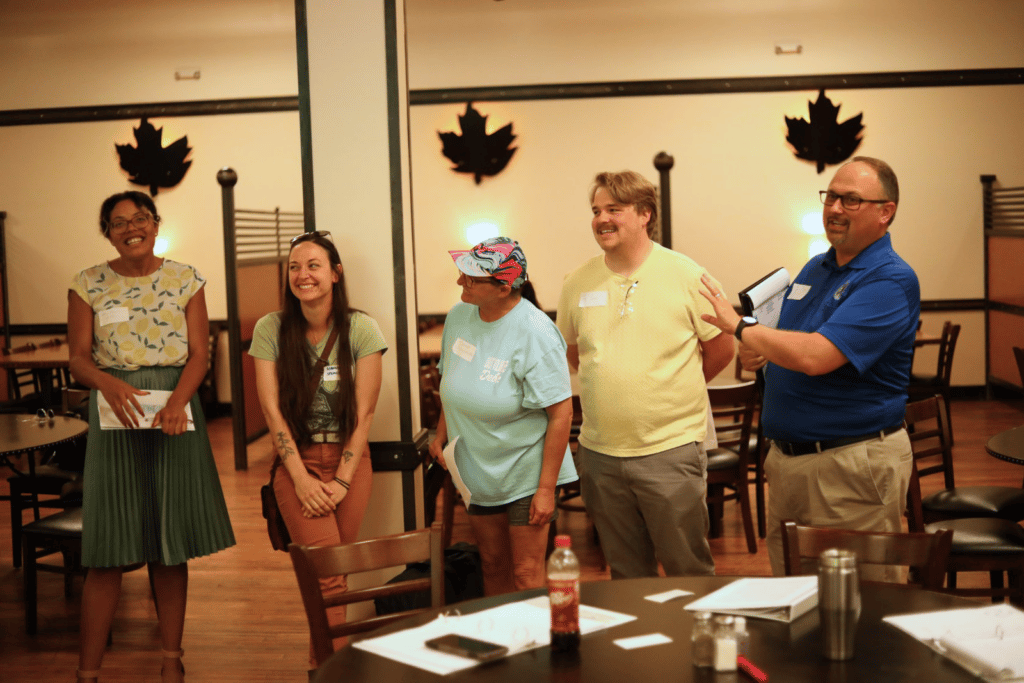
Communicating to Connect: moving beyond neutrality
This short case study has insights and tips to move beyond neutrality and still communicate effectively across the political spectrum.
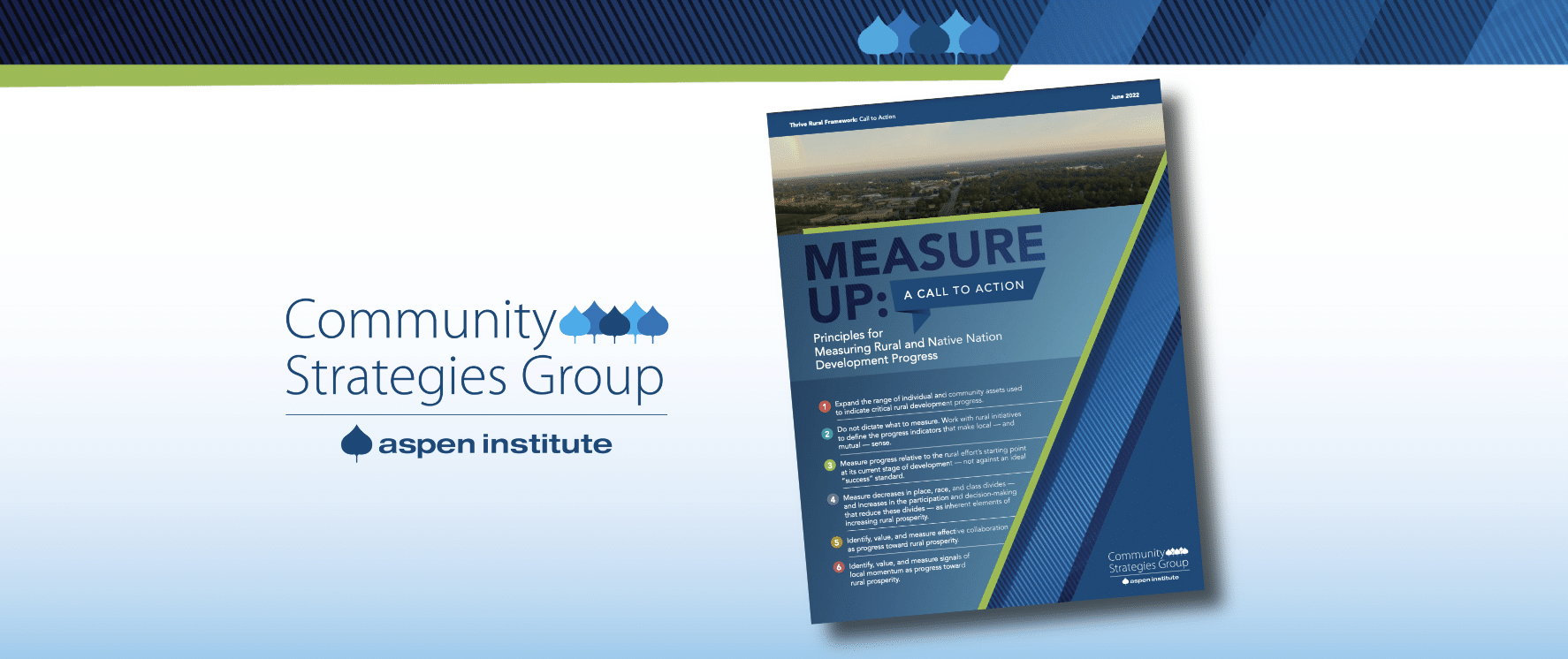
Measure Up: A Call to Action
Today, we have a generational opportunity to strengthen prosperity and equity in communities and Native nations across the rural United…

Building Capacity in Rural & Indigenous Communities
Insights and learnings from rural practitioners on how organizational capacity and technical assistance can be carefully and intentionally strengthened to grow economies, health, and livelihoods for each and every person in their regions.
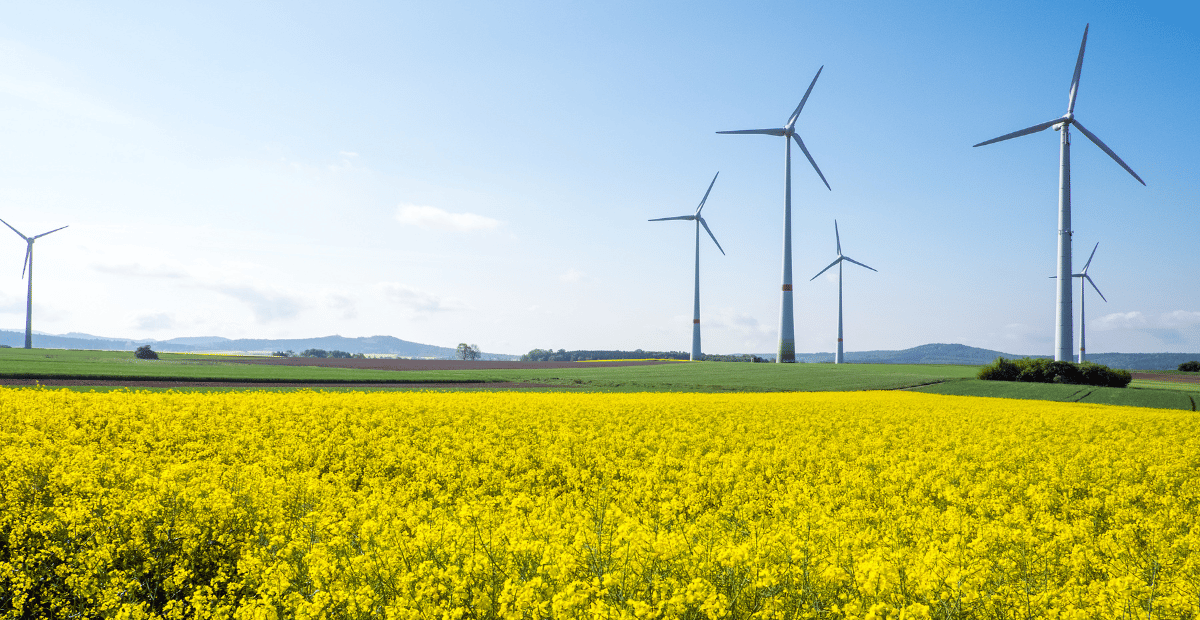
Rural Environmental Justice Practices & Resources
Practitioner insights and resources on rural environmental justice, including ideas on just and equitable energy transitions.
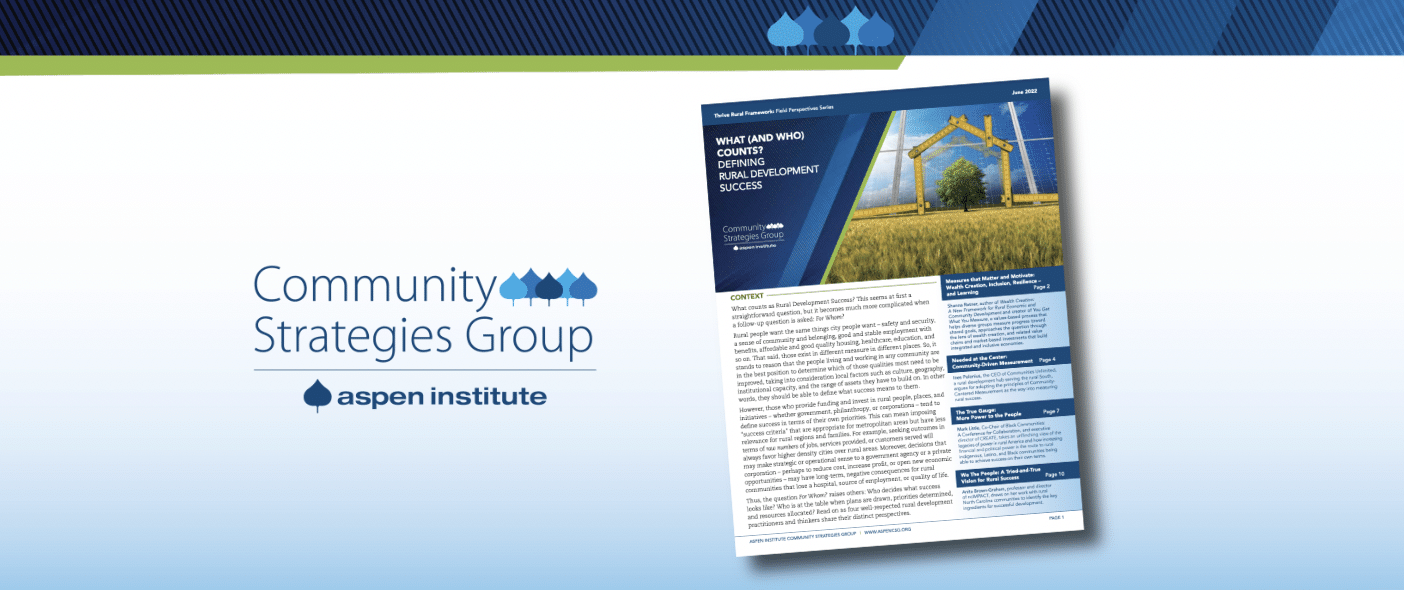
Defining Rural Development Success
There are no easy solutions for the many challenges that rural Americans face, but it’s clear that rural communities themselves…
Field Items
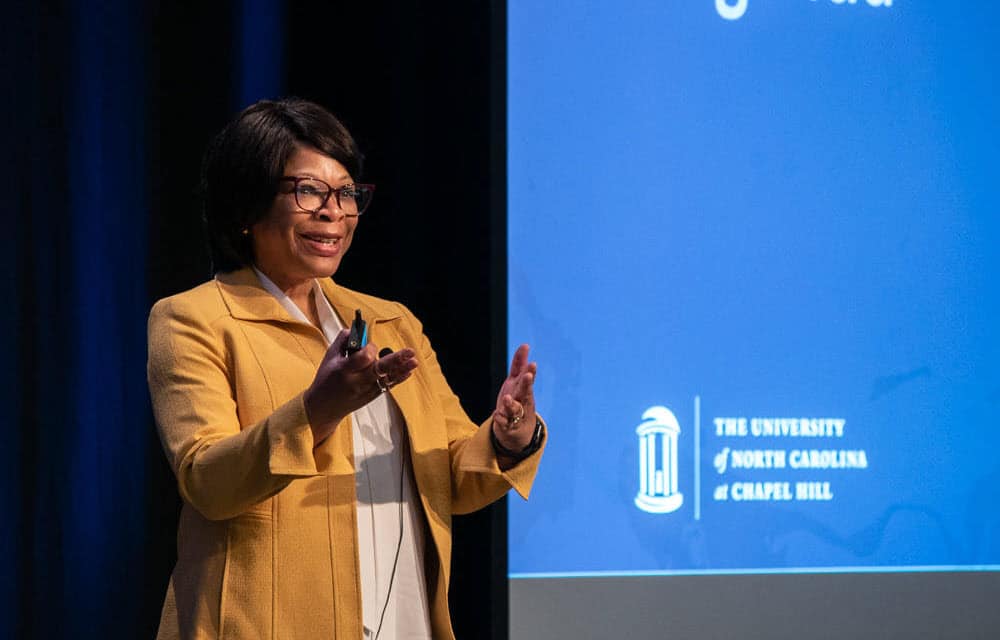
Sustaining Momentum in Rural Development
Federal Reserve Bank of Richmond
Anita Brown-Graham describes the key components of lasting development in rural communities. She shared these insights in her keynote at the…
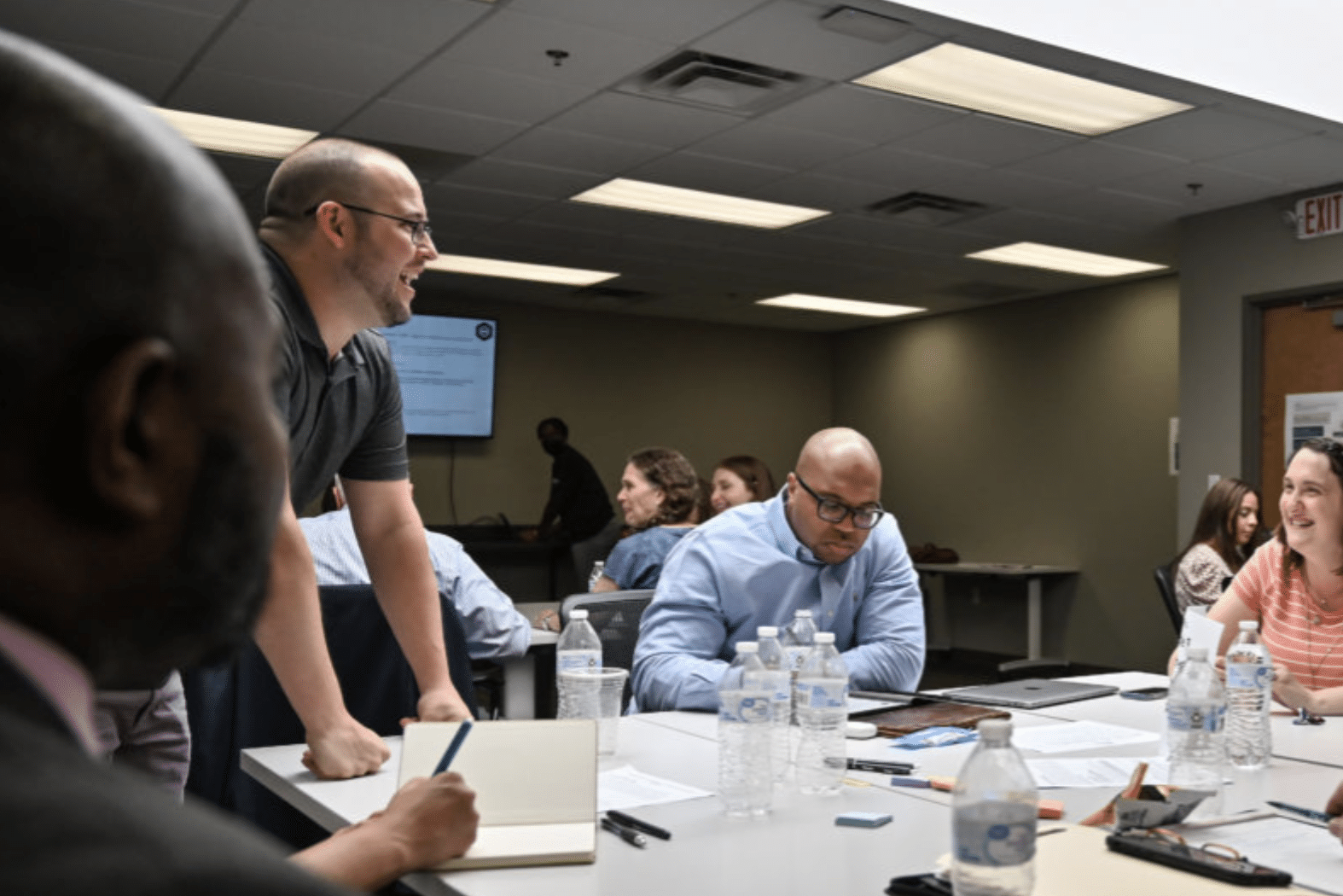
FIVE TAKEAWAYS FROM THE 2022 RURAL INNOVATION NETWORK SUMMIT
Center on Rural Innovation
Reflections from local leaders from around the country who gathered in Cape Girardeau, Missouri, for CORI’s 2022 Rural Innovation Network Summit.
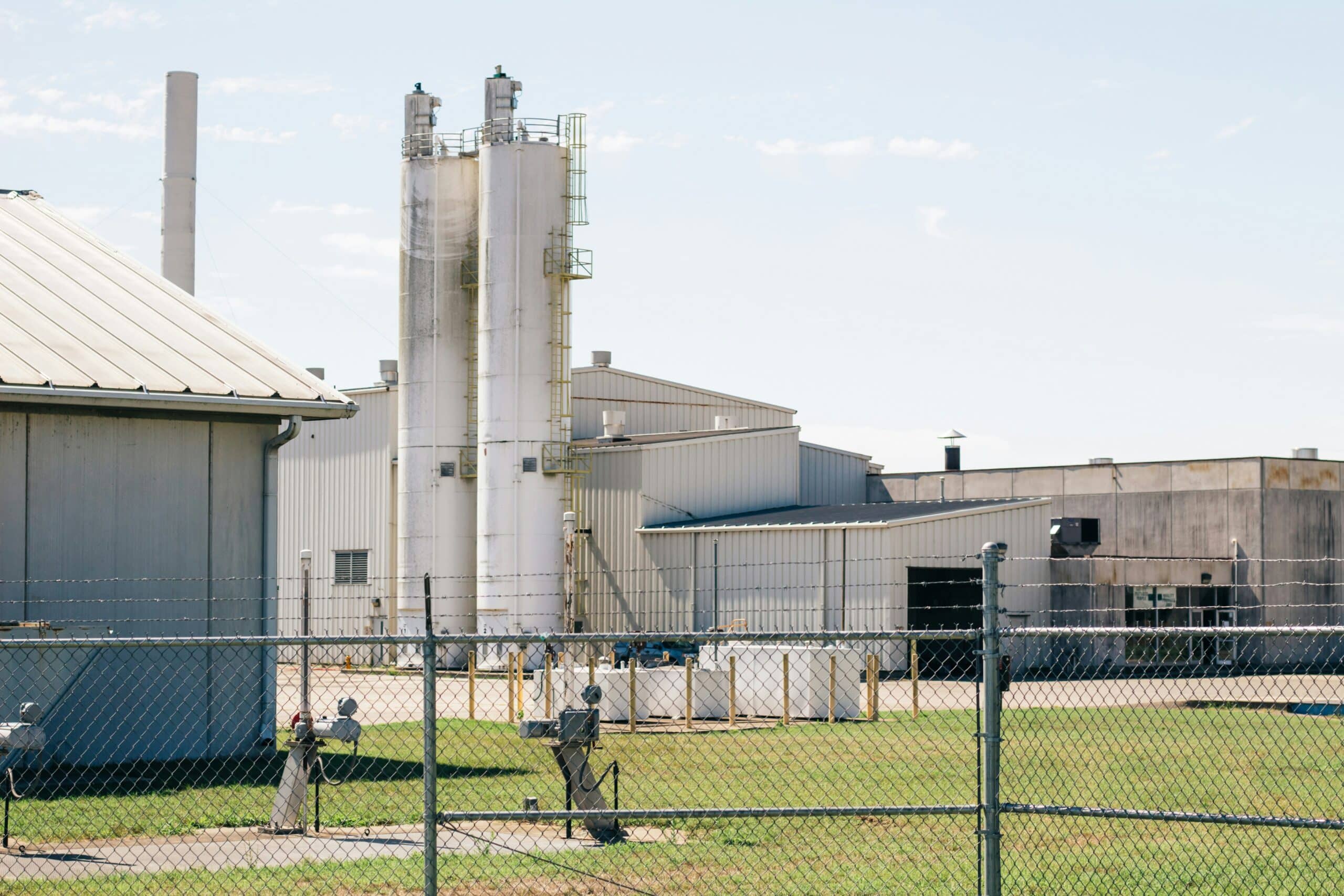
BUILDING MOMENTUM FOR YOUR LONG-TERM VISION
Citizens’ Institute on Rural Design
Webinar recording from Citizens Institute on Rural Design. Lessons help your team build momentum for your long-term vision.

Rural Community College Excellence
A new report by the Aspen Institute College Excellence Program identifies four pathways that the best rural and Tribal community colleges use to capitalize on strengths and overcome challenges to achieve student success.
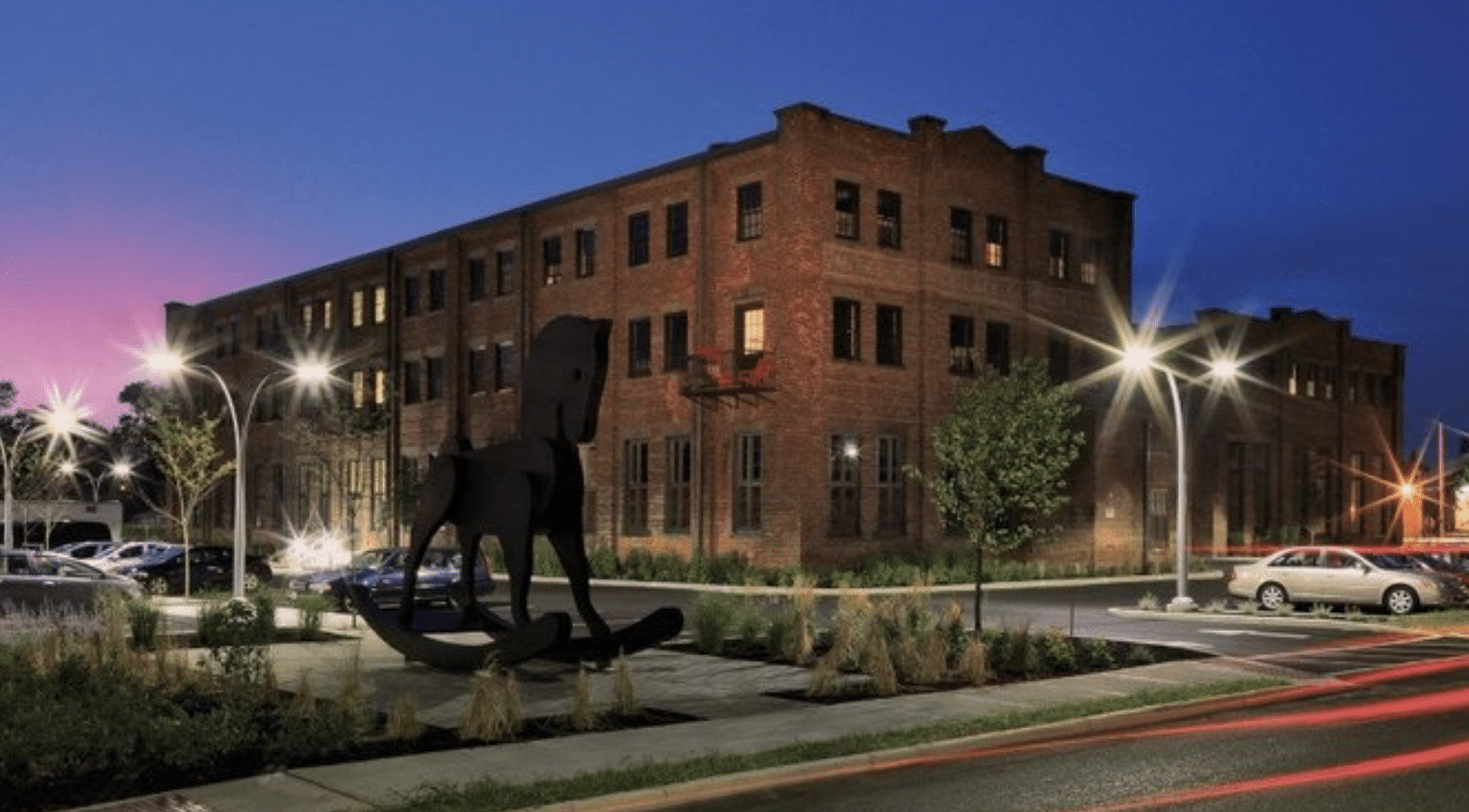
THE “RIPPLE EFFECT” OF INVESTING IN RURAL AMERICA
Local Initiatives Support Corporation
Projects may not touch the numbers of people or generate the returns of urban investments, but their effects are every bit as important, and ripple far and wide through the small, intricately connected networks of rural life.

Moving Mindsets: How to Shape a Strategy
Frameworks
Want to change hearts and minds? Shift policy? Bring about structural change? It starts with knowing what mindsets are—and aren’t—and what it takes to shift them.

SIX WAYS TO INSPIRE MOMENTUM IN YOUR SMALL TOWN
Rural Revival
Rural Revival shares list of six things that will help you build momentum, cast vision, and get people excited.
We see the framework as a living document, which necessarily must evolve over time, and we seek to expand the collective ownership of the Thrive Rural Framework among rural equity, opportunity, health, and prosperity ecosystem actors. Please share your insights with us about things the framework is missing or ways it should change.
